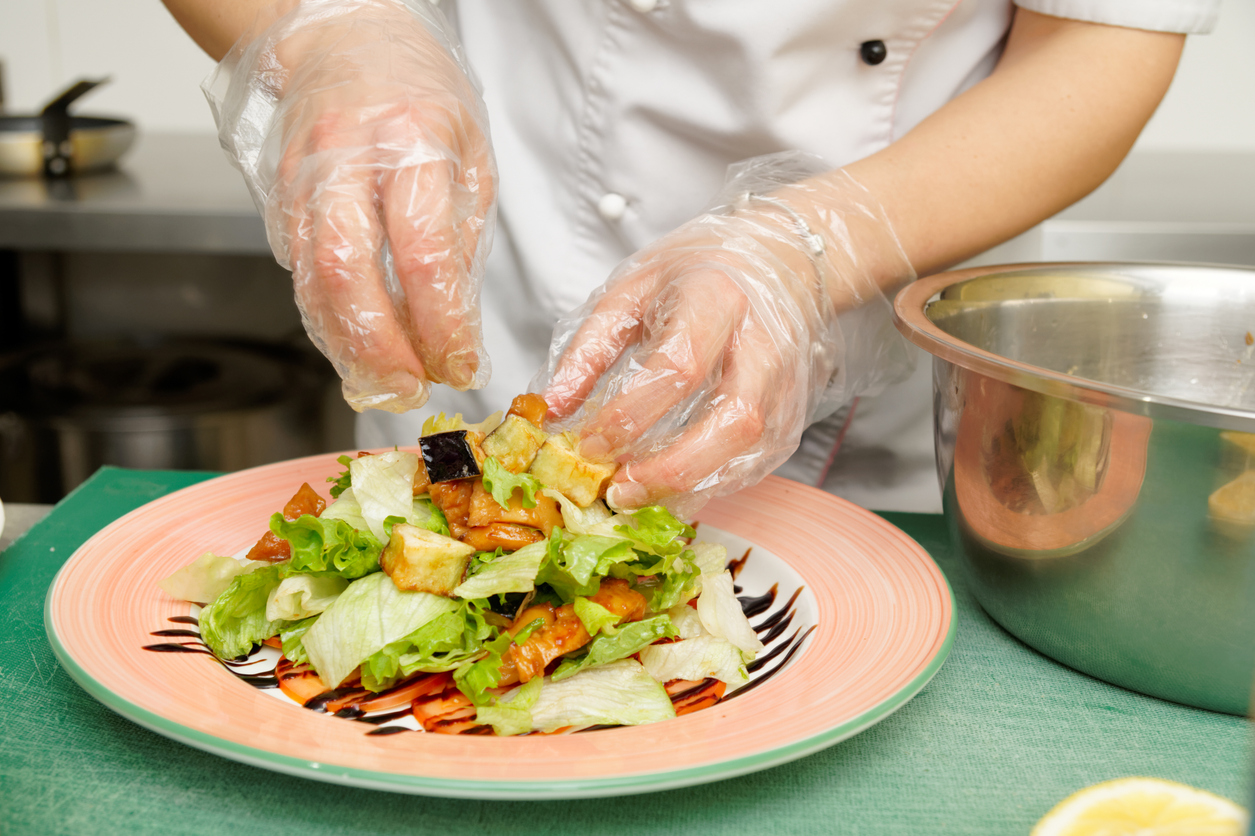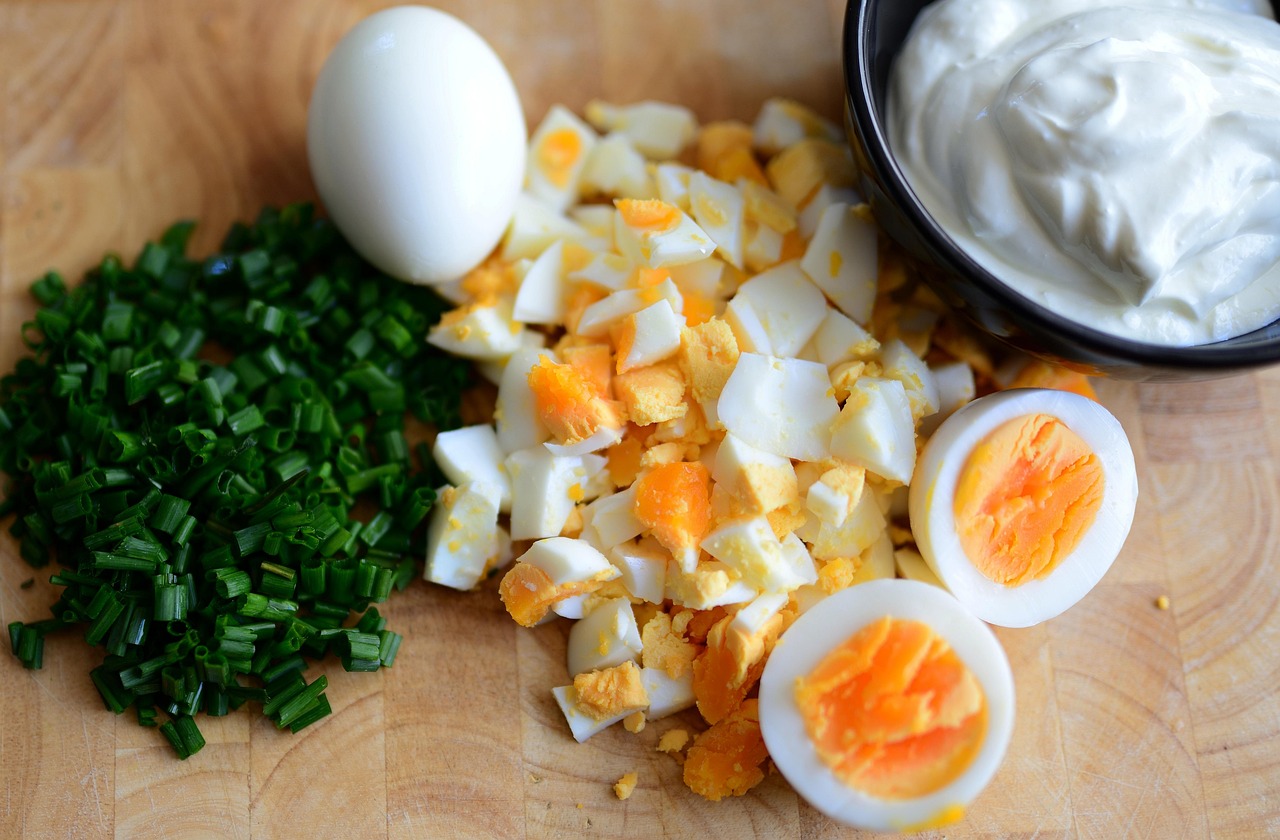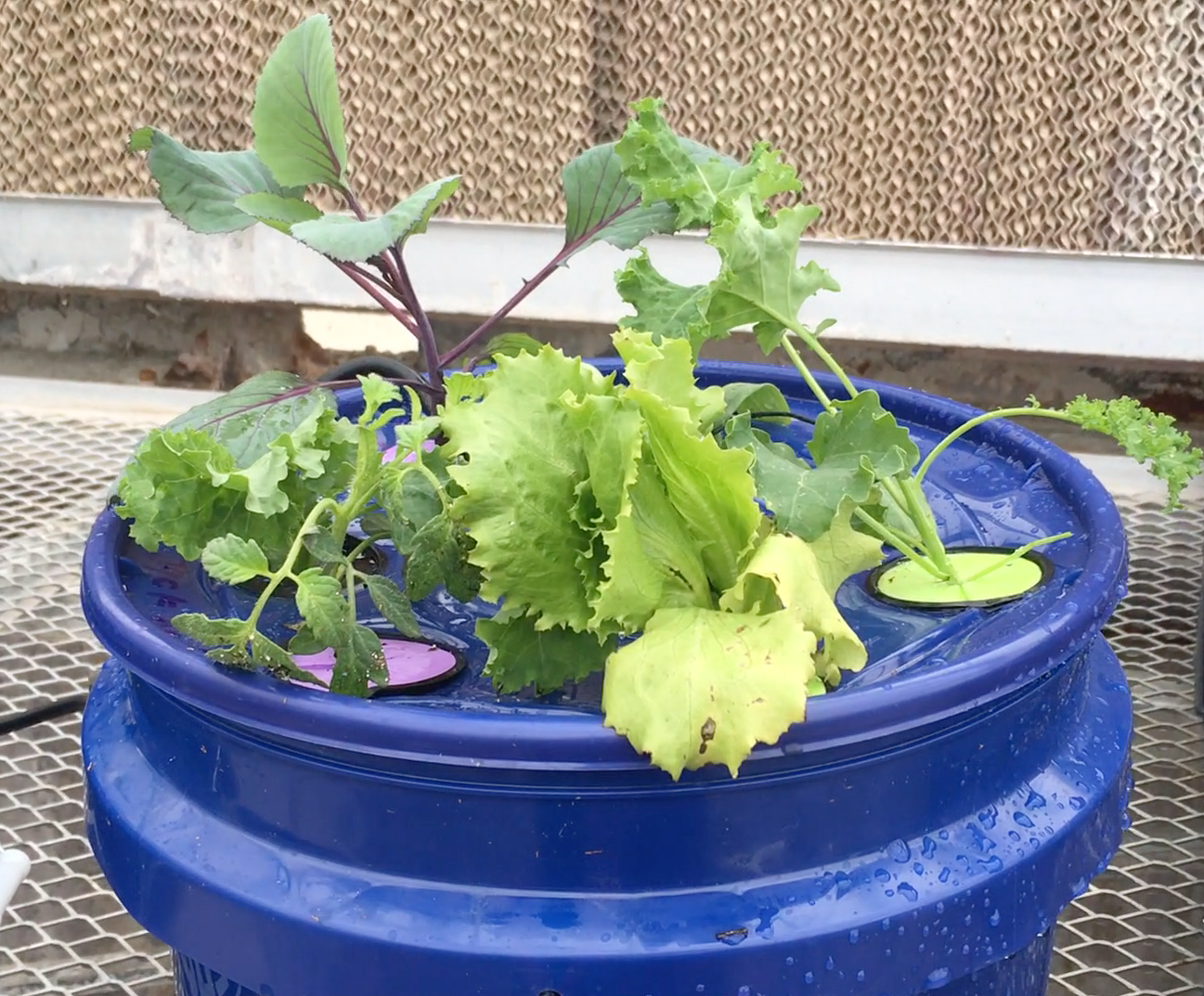Supermarket Smarts
In this activity, students will develop an awareness of the importance of food safety in retail food establishments. They will be challenged to design and manage their own food-safe supermarket department using the 4 Cs of Food Safety. At the end of this activity, each team will present its findings in an innovative presentation.



